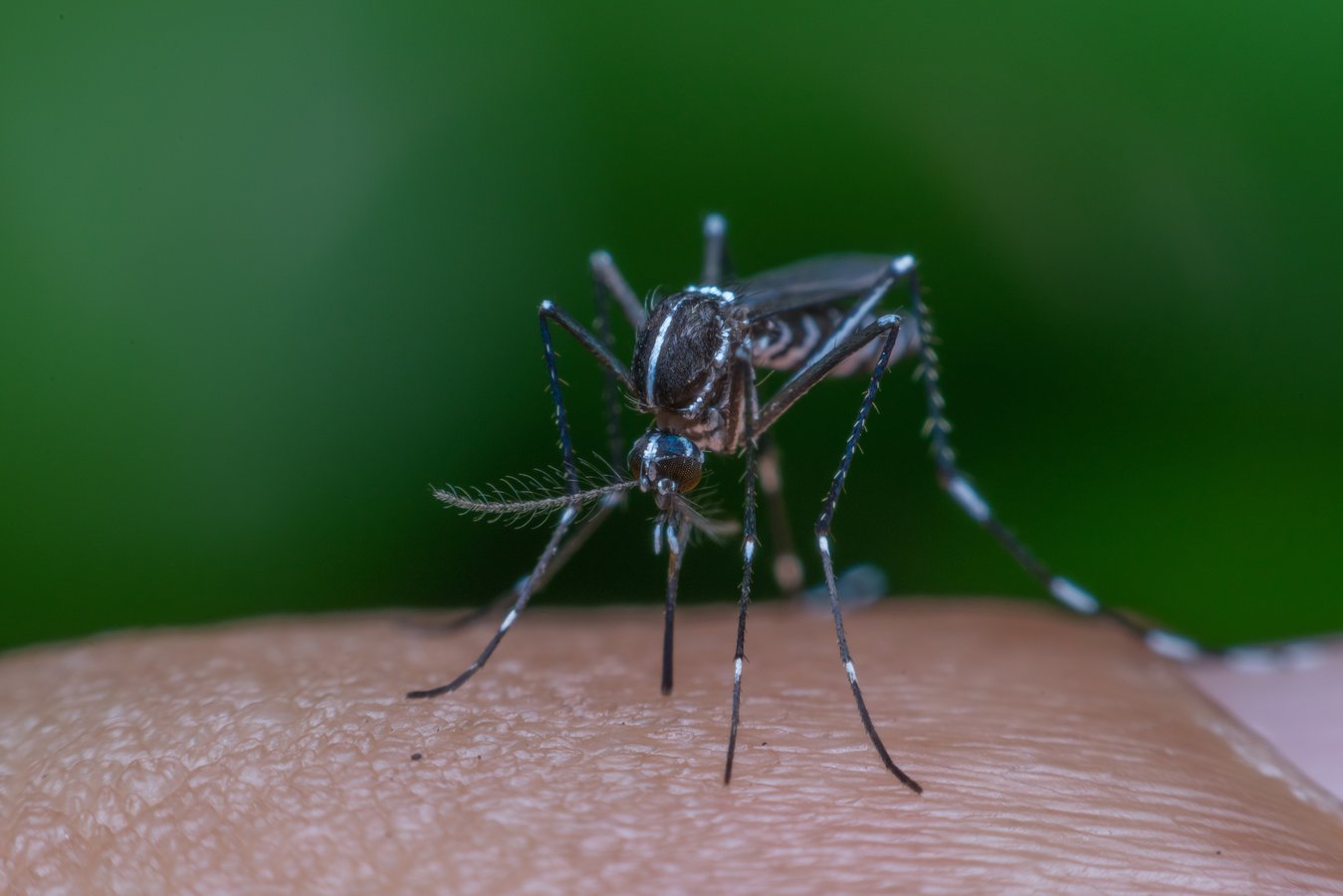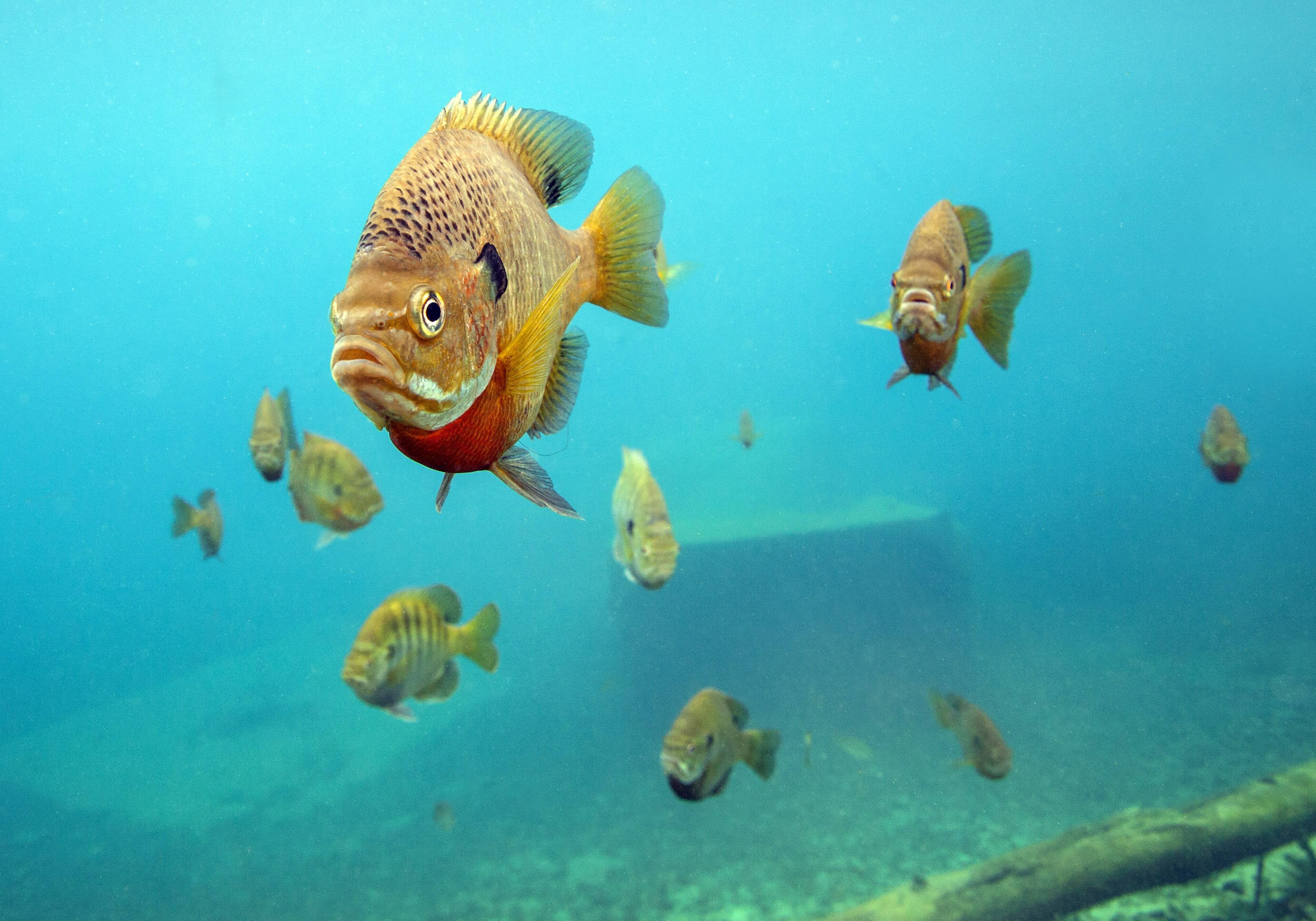Natural Mosquito Control for Ponds: Sustainable Solutions for Healthier Water

Ponds enhance property value, provide wildlife habitat, and offer opportunities for fishing and relaxation. However, if left unmanaged, they can also become breeding grounds for mosquitoes. Instead of relying on chemical pesticides, pond owners can turn to natural mosquito control methods that are safer for people, wildlife, and the environment.
At Wisconsin Lake and Pond Resource, we believe in managing waterbodies with long-term ecological balance in mind. Here's how to approach mosquito control the natural way.
Healthy Ponds Resist Mosquitoes
The key to mosquito prevention lies in the health of the pond itself. Mosquitoes prefer stagnant water with dense vegetation and few natural predators. A pond that’s well-aerated and biologically diverse is far less likely to support large mosquito populations.
Aeration is one of the most effective tools available. Systems that move water—whether surface fountains or bottom-diffused aerators—not only discourage mosquito larvae from settling, but also increase dissolved oxygen levels. This creates better conditions for fish, microbes, and beneficial aquatic insects that help keep the pond in balance.
Introduce Fish That Eat Mosquito Larvae
Another sustainable solution is biological mosquito control. Fish that feed on mosquito larvae can significantly reduce mosquito populations without the need for chemicals.
Some of the most effective species include:
- Fathead Minnows (Pimephales promelas) – Small, hardy fish that thrive in Wisconsin’s pond environments and also serve as forage for sportfish.
- Young bluegill and largemouth bass can contribute to larval control in larger ponds as part of their natural diets.
Choosing the right fish species depends on your pond’s size, temperature, and ecological goals.
Encourage Dragonfly Habitat with Native Shoreline Plants
Beyond fish, many natural mosquito predators—including dragonflies—rely on shoreline habitat during different stages of their life cycle. Planting a vegetative buffer with native species such as pickerelweed, arrowhead, cardinal flower and swamp milkweed supports these beneficial insects.
These plants do double duty: they provide habitat for mosquito predators and help trap nutrients from runoff, reducing the risk of algae growth and supporting overall pond health.
Remove Vegetation That Causes Stagnation
Overgrowth of certain plants—especially cattails and phragmites—can obstruct water flow and create stagnant zones where mosquitoes thrive. These species often dominate shorelines and shallow coves, slowing circulation and trapping organic material.
Removing dense vegetation improves water movement and reduces mosquito breeding areas. However, removal timing and technique depend on the plant species and local regulations. Working with a qualified aquatic manager ensures you use the most effective and legal strategies for control.




Watch for Invasive Aquatic Plants
Invasive plants not only crowd out native species but also create prime conditions for mosquito development. They often form thick surface mats that block light, reduce oxygen, and create calm, protected pockets of water.
Two invasive species of concern in Wisconsin include:
- Hydrilla – A fast-growing submerged plant that creates dense mats and degrades water quality.
- Eurasian Watermilfoil – Forms surface canopies that prevent circulation and offer shelter for mosquito larvae.
Identifying and managing these invaders early is essential. Depending on the situation, hand removal, herbicide spot treatments, or mechanical harvesting may be appropriate.
Look Beyond the Pond: Eliminate Standing Water Nearby
While ponds are natural water features, artificial sources of standing water nearby can also contribute to mosquito issues. Keep an eye out for areas such as:
- Poorly graded shorelines
- Buckets, barrels, or birdbaths
- Clogged storm drains or culverts
Addressing these areas ensures mosquitoes don’t have alternative places to breed close to your pond.
Professional Larvicide Applications
Wisconsin Lake & Pond Resource offers a natural, highly targeted solution: monthly Bti larvicide treatments led by our experienced aquatic biologists. Bacillus thuringiensis israelensis (Bti) is a naturally occurring soil bacterium that targets mosquito, black fly, and midge fly larvae. When applied to the water’s surface, Bti is consumed by developing larvae, disrupting their life cycle before they reach adulthood. This method provides long-lasting population control without introducing synthetic chemicals into your pond.
One of the greatest benefits of Bti is its safety. Unlike broad-spectrum pesticides, Bti has no harmful effects on fish, amphibians, birds, people and pets. That makes it ideal for use in family-friendly environments, HOA ponds, public parks, golf courses, and any other waterbody where ecological balance and human health are top priorities.
Because mosquito larvae hatch continuously throughout the warm season, monthly treatments are essential to maintain control. Regular applications prevent surges in mosquito populations and reduce the need for more invasive interventions later in the season.
Promote Flow and Movement Throughout the Waterbody
Consistent water circulation is key to breaking the mosquito life cycle. Stagnant coves, blocked inlets, and sediment-filled low spots can harbor larvae. In addition to aeration, consider installing fountains, circulators, or reshaping shallow areas to improve flow.
Make sure that inlets, outlets, and spillways are clear of vegetation and debris so water can move freely throughout the pond system. Improving flow doesn’t just limit mosquitoes—it supports water quality and biodiversity.
Partner with Nature for Long-Term Mosquito Control
Effective mosquito control doesn’t have to involve harsh chemicals. By combining aeration, fish stocking, bacterial larvicide, native plant buffers, and invasive species management, pond owners can prevent mosquitoes naturally while fostering a healthier aquatic environment.
Wisconsin Lake and Pond Resource specializes in eco-friendly pond solutions tailored to your property and goals. Whether you're looking to reduce pests, restore balance, or enhance habitat, we’re here to help you protect your pond the natural way.
About Wisconsin Lake & Pond Resource, A Jones Lake Management Partner
Wisconsin Lake & Pond Resource specializes in comprehensive lake and pond management solutions, including algae and aquatic weed control, aeration, hydraulic dredging, erosion control, and fisheries management. As a Jones Lake Management Partner, we serve a diverse range of clients, including HOAs, golf courses, municipalities, and private lake owners. With a commitment to science-driven strategies and environmental sustainability, Wisconsin Lake & Pond Resource helps maintain and restore aquatic ecosystems for long-term health and enjoyment.
Topics
- Aeration (3)
- Algae (2)
- Aquatic Weeds & Algae Control (13)
- Bathymetry Mapping (2)
- Company News & Updates (33)
- Erosion Control & Sediment Reduction (4)
- Fish Management (1)
- fish stocking (6)
- Fisheries Management (21)
- Fishery (2)
- Fountains & Aeration (16)
- Hydraulic Dredging (6)
- Invasive Species Management (7)
- Lake & Pond Management (47)
- Lake Management (1)
- Native Wetland Plantings (1)
- Nutrient Management (9)
- Pond Management (1)
- Seasonal Pond Management (15)
- Sediment Sampling (1)
- Stormwater & Runoff Management (5)
- Sustainability & Eco-Friendly Solutions (4)
- Water Quality (3)
- Water Quality Monitoring (2)
- Winter Care (1)
- Winter Pond care (1)
